so this morning i feed my Polyrhachis bicolor queen, after i close the test tube with cotton she secrete some kind of brown fluid from her abdomen. is it dung?
this is some photo
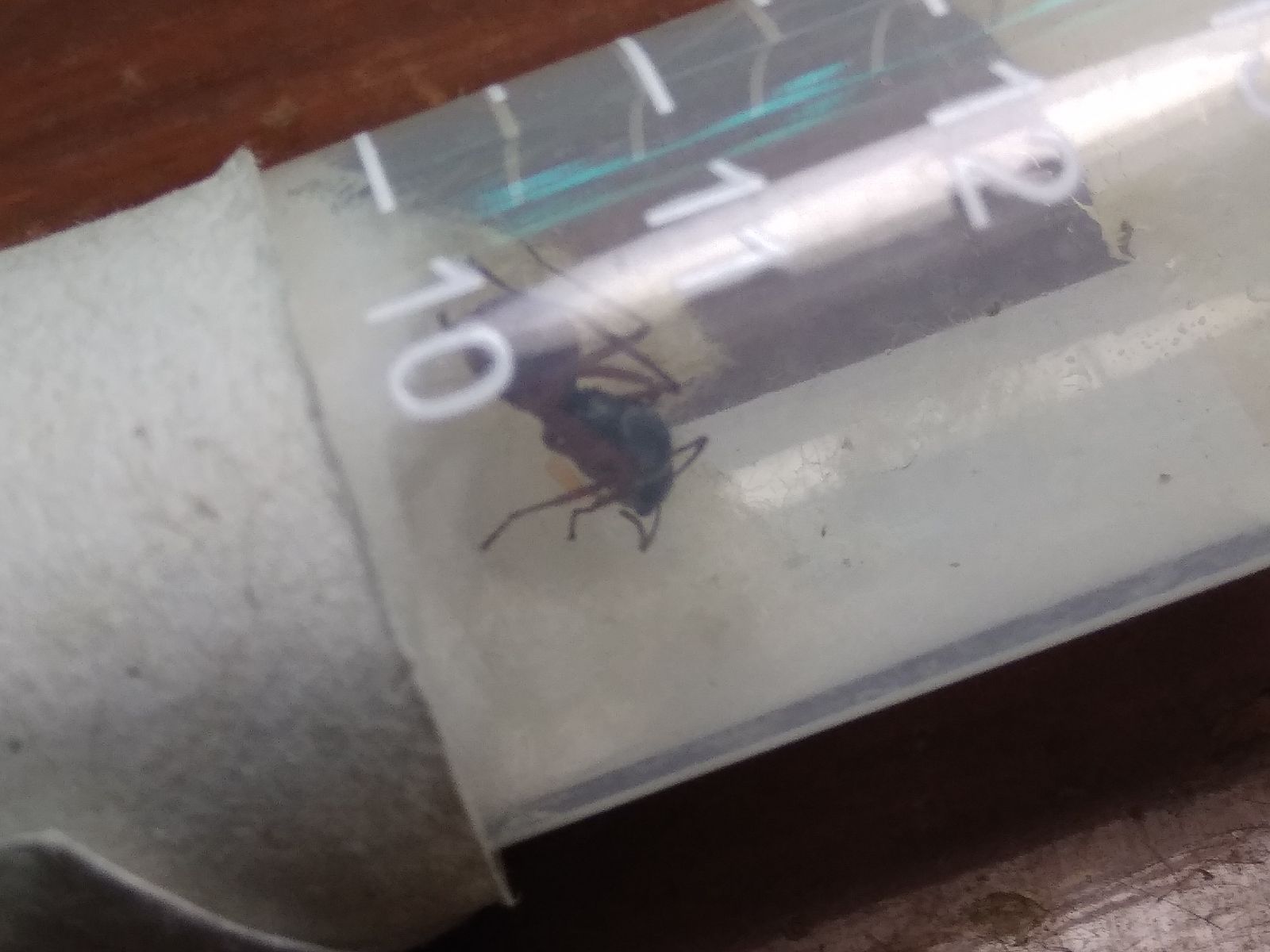
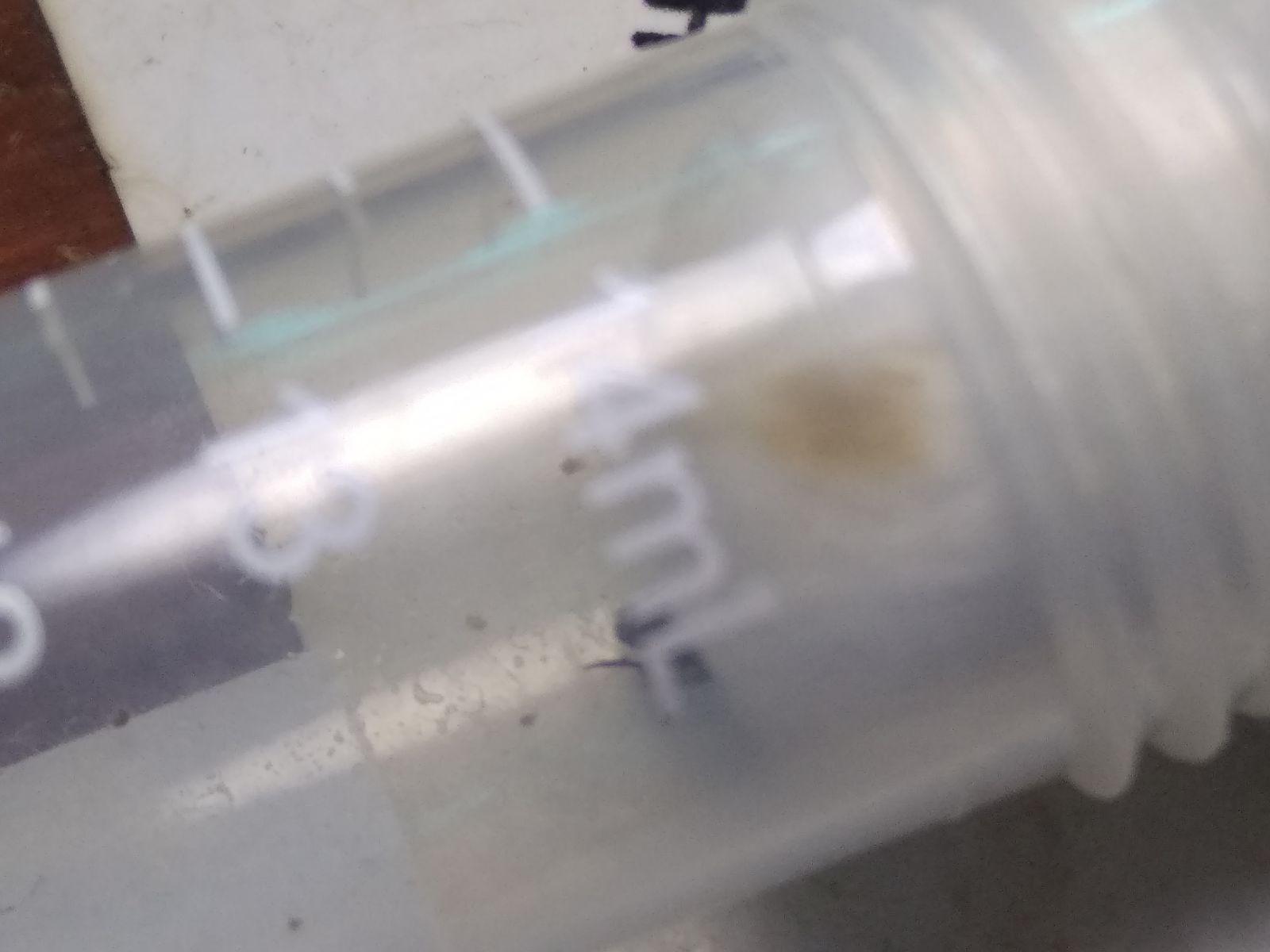
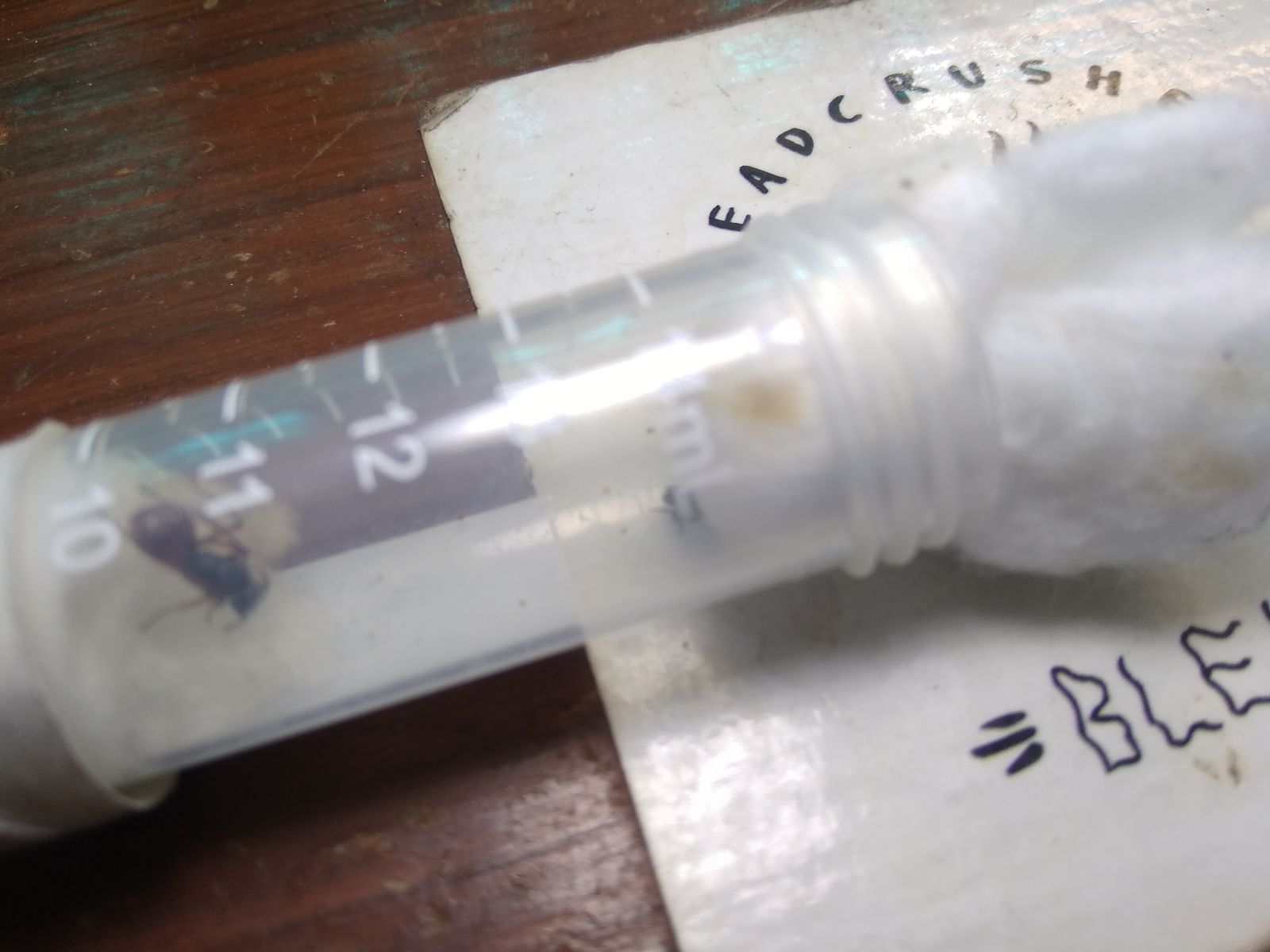
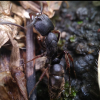
so this morning i feed my Polyrhachis bicolor queen, after i close the test tube with cotton she secrete some kind of brown fluid from her abdomen. is it dung?
this is some photo



Colony:
2 Odontomachus aciculatus
2 Polyrachis Dives
3 Camponotus sp
Quick google search told me that these are a formic acid spraying genus. She sprayed formic acid on the cotton when she was disturbed. It's self defense.
Keeping: Camponotus sansabeanus - C. vicinus - Formica francoeuri - Liometopum occidentale - Pogonomyrmex californicus - P. rugosus - P. subnitidus - Solenopsis molesta - S. xyloni - Tapinoma sessile - Temnothorax sp.
Journals: Camponotus sansabeanus & C. vicinus | Pogonomyrmex californicus & P. rugosus | Solenopsis molesta & S. xyloni
Discontinued: Pogonomyrmex subnitidus
It’s poop. Formic acid is clear and produced in relatively small amounts.
All ants poop, and some species are much, much messier than others. Queens of most tend to produce larger amounts of excrement, often infrequently. White, black, yellow, and brown are common colors.
I see thanks, my queens so far have only pooped in white smears/streaks so I have no experience with other colors. Plus I've never had a formic acid spraying species.
Keeping: Camponotus sansabeanus - C. vicinus - Formica francoeuri - Liometopum occidentale - Pogonomyrmex californicus - P. rugosus - P. subnitidus - Solenopsis molesta - S. xyloni - Tapinoma sessile - Temnothorax sp.
Journals: Camponotus sansabeanus & C. vicinus | Pogonomyrmex californicus & P. rugosus | Solenopsis molesta & S. xyloni
Discontinued: Pogonomyrmex subnitidus
I'm sure its not formic acid because i already see it when i messed up feed my queen with half death mosquito.
so its really poop. the other have black tinny poop not liquid like this one
my dirties queen is Odontoponera queen
this is her test tube after a month
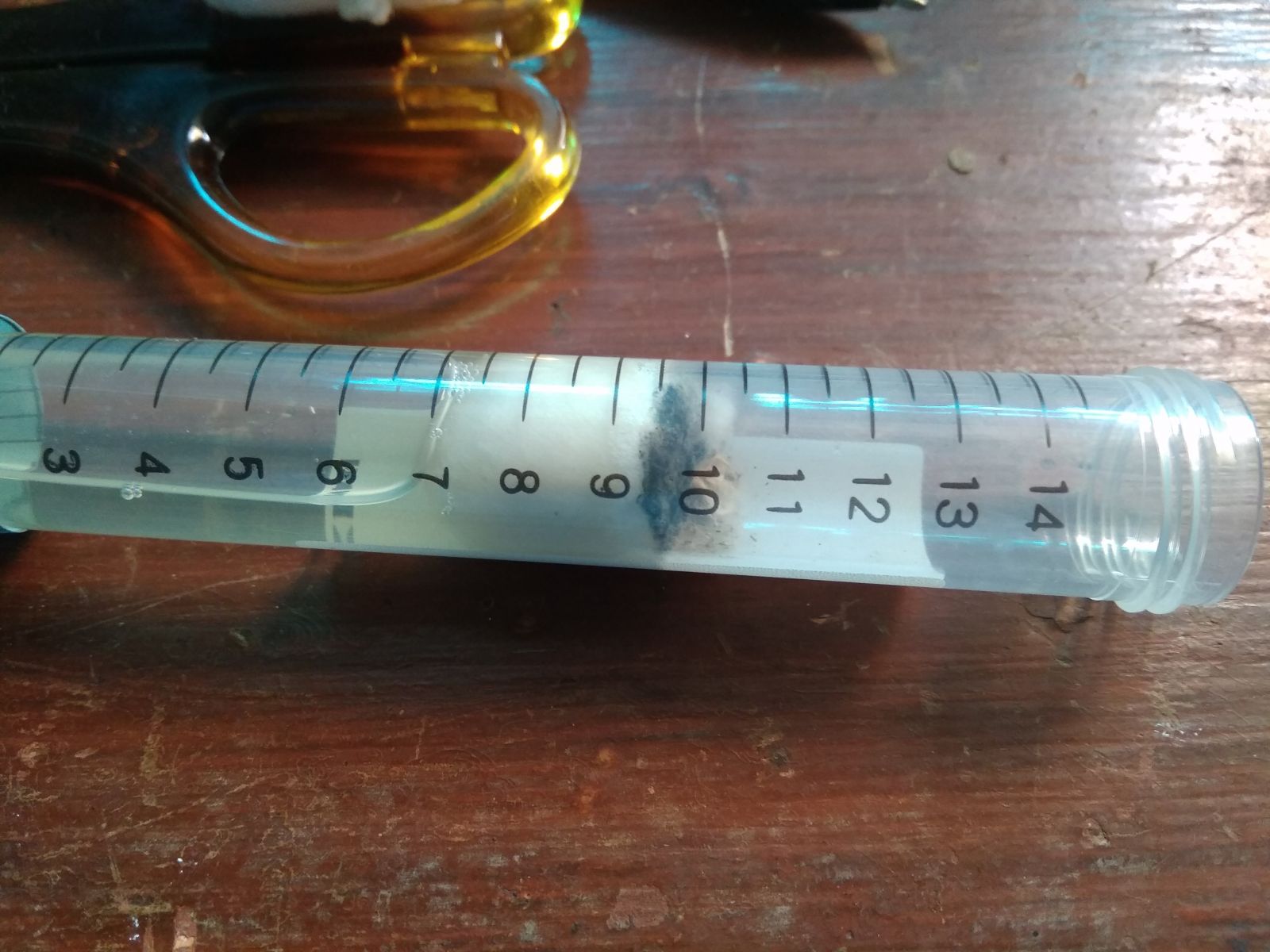
water become yellowish
Colony:
2 Odontomachus aciculatus
2 Polyrachis Dives
3 Camponotus sp
0 members, 1 guests, 0 anonymous users